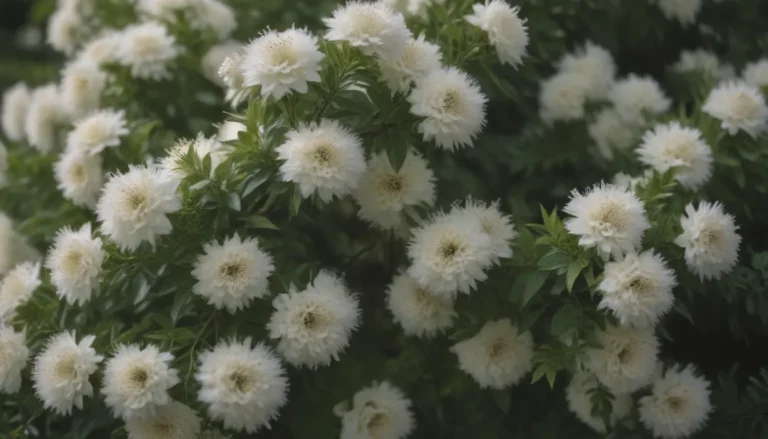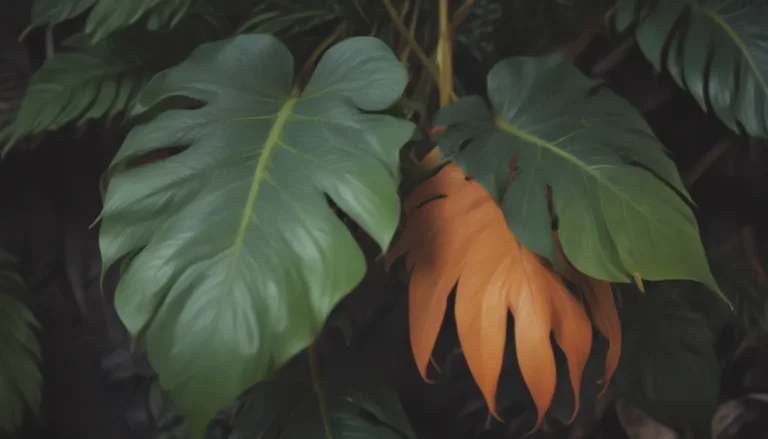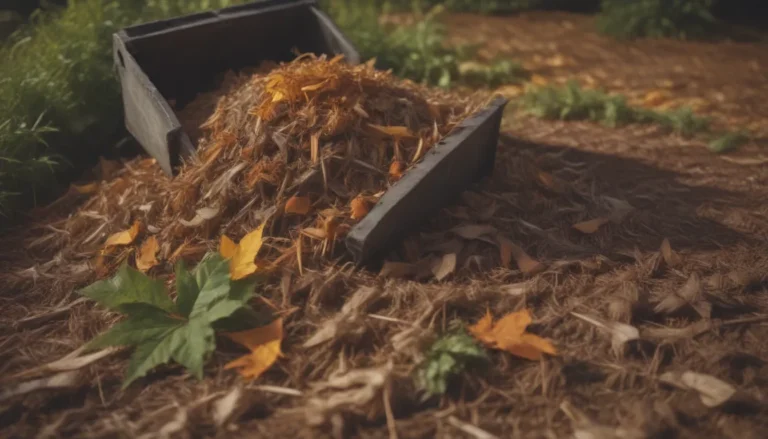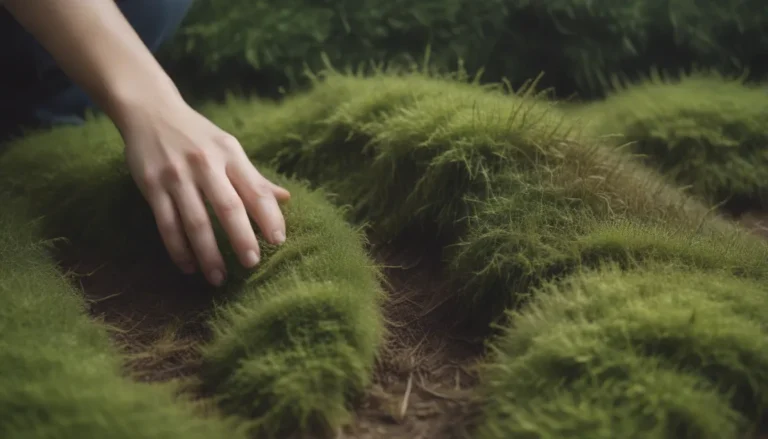Everything You Need to Know About Growing and Caring for Madagascar Palms

Are you interested in adding a unique and exotic touch to your plant collection? Look no further than the Madagascar palm! Despite its name, this plant is not actually a true palm at all. The Madagascar palm, scientifically known as Pachypodium lamerei, is a striking succulent shrub that belongs to the Apocynaceae dogbane family. With its spear-like dark green foliage and thick grey trunk adorned with thorns, this plant is sure to stand out in any garden or indoor space.
Native to southern Madagascar, the Madagascar palm thrives in tropical climates and is typically grown as a houseplant in cooler regions. If you’re considering adding this plant to your collection, read on to discover everything you need to know about growing and caring for Madagascar palms.
The Basics of Madagascar Palm Care
Before you bring a Madagascar palm into your home or garden, it’s essential to understand the basic care requirements for this unique plant. Here are some key points to keep in mind:
- Light: Madagascar palms thrive in full sunlight and prefer warm temperatures. When grown indoors, place your plant in a south or west-facing window to ensure it receives an adequate amount of light.
- Soil: These plants can adapt to a variety of well-drained soils, but cactus compost is ideal for optimal growth. Maintain a soil pH between 6.1 and 7.8 for best results.
- Water: Allow the soil to dry out between waterings, especially during the spring and summer months. Water sparingly in the winter, and be sure to adjust your watering schedule as needed based on the plant’s growth and environmental conditions.
- Fertilizer: Feed your Madagascar palm with a general-purpose liquid houseplant fertilizer diluted to half-strength in the spring and summer months. Avoid fertilizing in the fall and winter, and continue to water and feed the plant when new growth appears.
Pruning and Propagating Madagascar Palms
While Madagascar palms typically do not require pruning, you can encourage branching by carefully trimming the top of the plant with sterilized pruning shears. Additionally, propagating a Madagascar palm is a simple process that involves taking cuttings or offsets from the parent plant. Here are some steps to propagate a Madagascar palm:
- In late spring, take cuttings or offsets from the base of the plant.
- Plant the cuttings or offsets in well-draining soil and water them lightly.
- Monitor the new plants for growth and adjust your care routine as needed.
If you prefer to grow a Madagascar palm from seed, keep in mind that this method is less reliable and slower than propagation using cuttings or offsets. Harvest seeds from an outdoor plant during the late summer or fall, and follow these steps to grow a new plant from seed:
- Collect seeds from the parent plant.
- Plant the seeds in a well-draining soil mix and water lightly.
- Monitor the seeds for germination and provide adequate light and warmth for optimal growth.
Potting and Repotting Tips for Madagascar Palms
Whether you choose to grow your Madagascar palm indoors or outdoors, proper potting and repotting are essential for the plant’s overall health and growth. Here are some tips for potting and repotting a Madagascar palm:
- Use a clay or terracotta pot with proper drainage holes to ensure good airflow and prevent root rot.
- Fill the pot with well-draining cactus potting mix to keep the plant dry and healthy.
- Repot the plant every three years to accommodate its growth and prevent it from becoming top-heavy and unstable.
Remember to wear protective gloves and clothing when handling a Madagascar palm, as the plant’s sharp spines can cause injury.
Common Pests and Plant Diseases to Watch Out For
While Madagascar palms are relatively disease-resistant, they can be susceptible to aphids and whiteflies, especially during the flowering season. Keep an eye out for these pests and treat them promptly with insecticidal soaps if necessary. Additionally, watch for fungal diseases such as leaf spot, botrytis, powdery mildew, and root rot, and treat them with fungicides as needed.
Troubleshooting Common Problems with Madagascar Palms
Despite their resilience, Madagascar palms can experience issues related to water, temperature, and environmental conditions. Here are some common problems to watch out for and how to address them:
- Squishy Trunk: Overwatering can cause the trunk or branches of a Madagascar palm to rot, resulting in a soft and squishy feel to the plant. Reduce watering and consider pruning affected areas to promote recovery.
- Leaves Dropping: Dropping leaves can be a sign of overwatering, underwatering, or exposure to cold temperatures. Adjust your watering schedule and provide adequate warmth and light for the plant.
- Yellow Leaves: Yellowing leaves may indicate overwatering and root rot. Improve soil drainage to prevent waterlogged conditions and promote healthy growth.
- Disfigured Trunk: Discoloration or scarring on the trunk could be a sign of sunburn. Move the plant to a shadier location if grown outdoors, or adjust the indoor placement to avoid direct sunlight exposure.
By addressing these common problems promptly, you can help your Madagascar palm thrive and continue to grow and flourish in your home or garden.
How to Encourage Bloom in Madagascar Palms
If you’re eager to see your Madagascar palm bloom, there are a few steps you can take to encourage flowering in this unique plant. Here are some tips to promote blooming:
- Ensure the plant is healthy and receiving adequate sunlight and warmth.
- Prune off damaged branches to stimulate new growth and encourage blooming.
- Provide a diluted houseplant fertilizer in the early spring and summer to support flower production.
While outdoor Madagascar palms are more likely to bloom than indoor plants, you can still enjoy the beauty of flowering blooms with proper care and attention.
Conclusion
In conclusion, growing and caring for Madagascar palms can be a rewarding experience for plant enthusiasts of all levels. By following the tips and guidelines outlined in this article, you can create a thriving environment for your Madagascar palm to flourish and thrive. Remember to monitor your plant’s growth, adjust your care routine as needed, and address any issues promptly to ensure the health and vitality of your Madagascar palm. With the right care and attention, your Madagascar palm will continue to delight and impress with its unique beauty and resilience.





